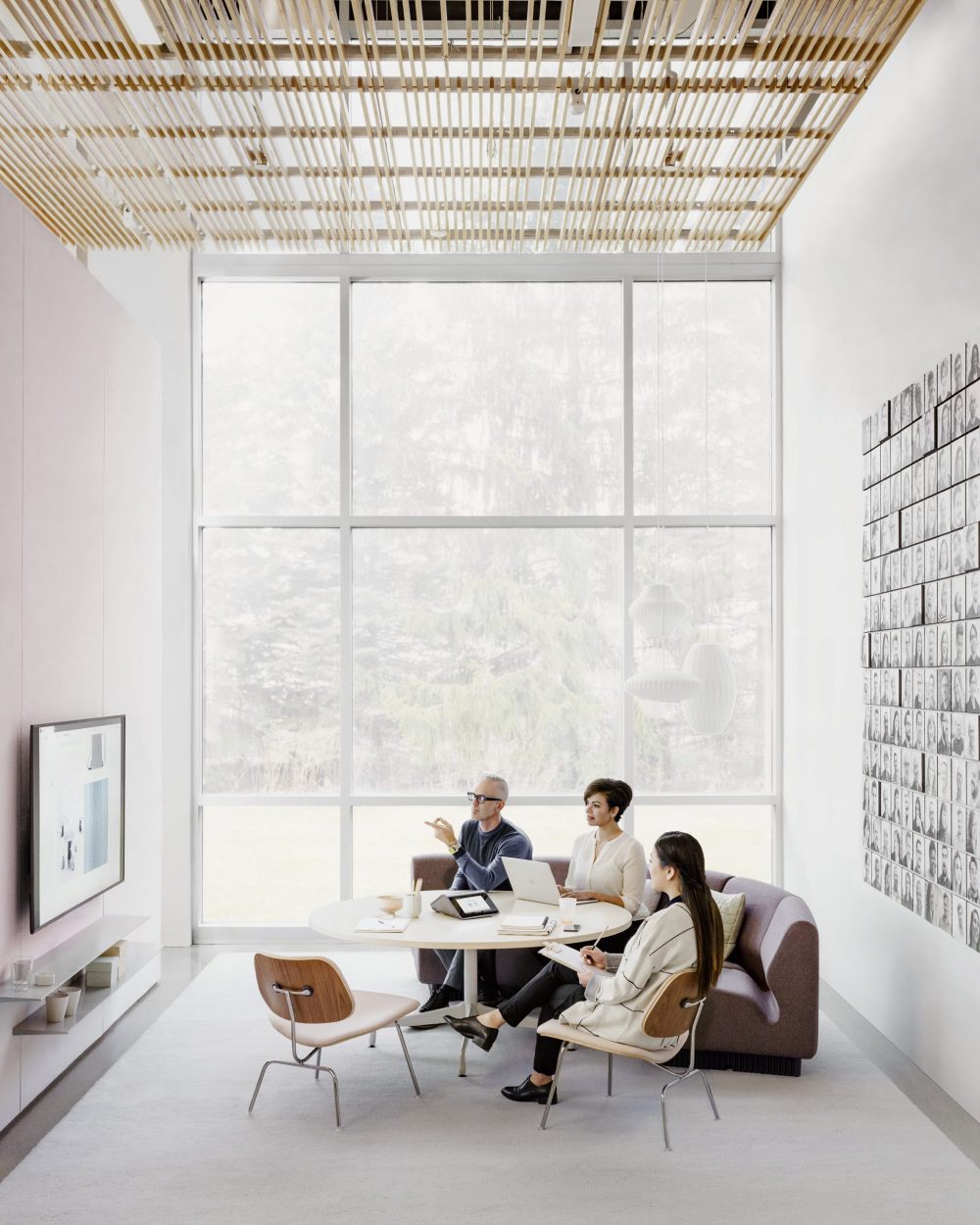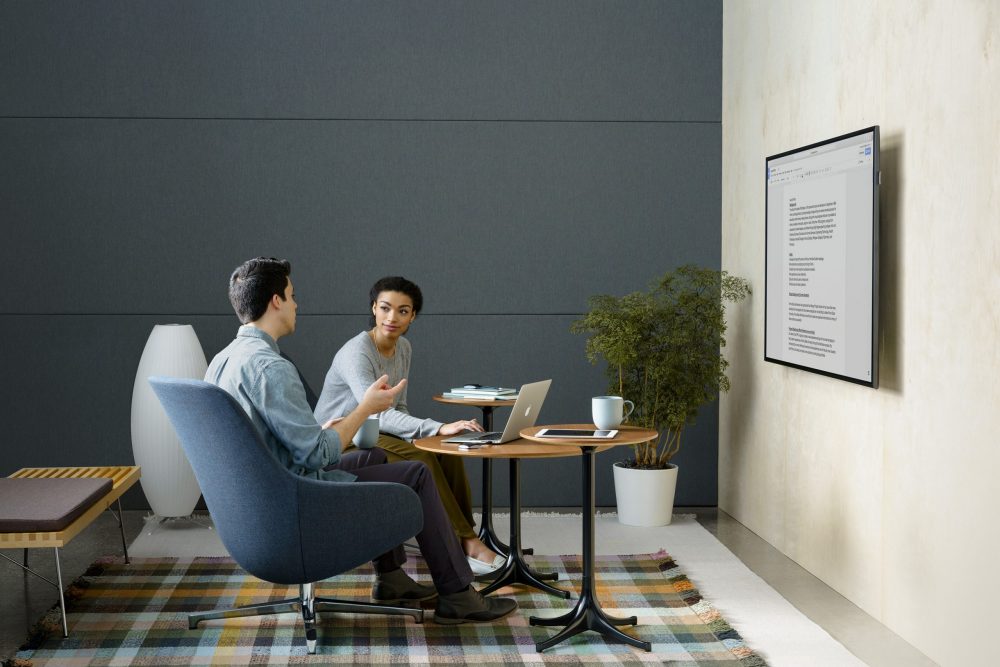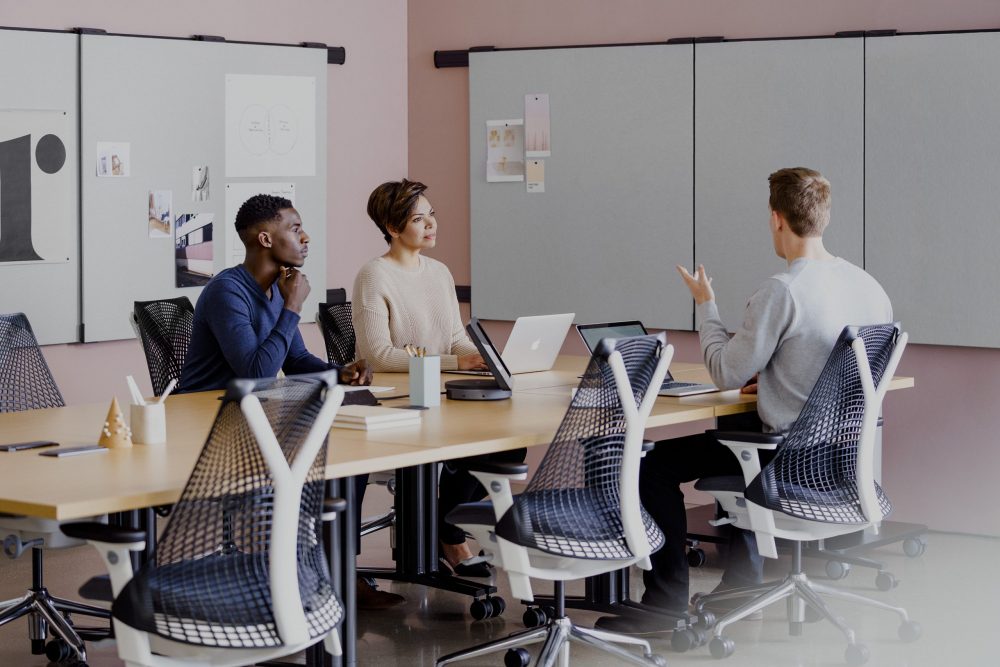Herman Miller’s VP of Global Research and Insights, Ryan Anderson, shares his predictions for the future of work and the workplace.

As we look beyond the short-term impacts of COVID-19 on the future workplace, one thing is becoming increasingly clear: a good office won’t be good enough.
This is because the time spent working remotely from homes across the globe during 2020 has fundamentally shifted the mindset of organizational leaders about the viability of working remotely. Whereas only 14 percent of organizational leaders believed that their teams could be successful working remotely before the pandemic, by June that number had risen to 42 percent, according to Harvard Business Review. Evidence also suggests that this newfound appreciation for the viability and virtues of remote working is impacting remote hiring practices and providing organizations new opportunities to recruit globally distributed talent.
This newfound appreciation for the viability and virtues of remote working has put the physical workplace under a new degree of scrutiny and has opened up larger questions about its future. CEOs and CFO’s are asking their heads of facilities and real estate fundamental questions such as “Do we still need offices?” and “If so, how much space do we need, and how should our workplace strategy adapt?”
It might not seem like it, but this is good news. For decades, those involved in the creation and management of the workplace have hoped that senior organizational leaders would take a more active interest in the value of the workplace. Now is the time for us to address these larger questions in a proactive and confident manner, but to do so, we need to first move beyond a defensive posture and come to terms with the new bar that has set for the future workplace.

All too often, the response to questions about the importance of the workplace in a world of remote working has been defensive rather than aspirational. Overstatements such as, “People don’t like working from home” or “Collaboration can’t effectively happen outside of the office” fall flat and are rarely supported with defensible data. Instead, we should recognize that people can, in fact, be sustainably productive working from remote locations. As an organization’s workforce becomes more distributed, offices will increasingly become optional and on-demand, and in order to add meaningful value, they’ll need to be awesome.
Happy December! Follow along as we share more 2021 workplace trend predictions 🔮 pieces like this all month long.
Consider this question as a related analogy: Are restaurants still needed? The case can be made that they aren’t. Many of them have been closed this past year, and most of us have never been better equipped to become great at-home cooks. The Food Network has many shows to teach us new skills and even features competitions between the best home cooks. YouTube provides us immediate access to cooking classes and Amazon offers us ingredients and tools from across the globe. So are restaurants really going to be a part of our future?
Of course! They’ll continue to be a treasured part of our lives because they provide meaningful, important experiences. Restaurants offer the convenience of not having to cook for ourselves and more importantly, they provide us special experiences to get out and connect with others in ways that adds great richness to our lives. For most of us, going out to eat is a treat that we would gladly enjoy several times each week, and interestingly, the better cooks we become at home the more we actually appreciate dining at world-class establishments.
But here’s the takeaway (pun intended) – those restaurants that fail to offer great experiences, that are mediocre and only on-par with what we can experience at home, won’t survive. Neither will future offices.
This is the new bar that has been set for the workplace. While the pandemic has closed off all options to most workers other than their homes throughout 2020, our post-vaccine future will again open up a host of other options to support distributed work. Now that organizations have moved beyond old stereotypes of remote working, employees will soon have far greater autonomy to choose from where they’d like to work on a given day. That’s a positive thing not only for employees but also for employers as employees who are empowered to work from anywhere are more engaged, which can increase organizational profits, according to global analytics firm Gallup. Offices will face increased competition but will thrive in this new era if, and only if, they offer better experiences than can be had elsewhere.

A great deal can be learned by simply understanding which parts of our work experience become most challenging when people work remotely. We have been studying this for more than a decade and have found that spaces designed to build social connections among internal networks, that support focused, concentrative work, and spaces that facilitate extended times of team collaboration such as workshops and charettes offer immense value to employees who could choose to work elsewhere[i]. Again, it’s not that these activities can’t be done remotely, but those spaces that are intentionally designed to support them are more desirable and outperform those other locations.
To achieve this, now is the time for organizations to rethink their workplace strategies. The future workplace must be designed as the epicenter of company life, outperforming other places in how they promote positive interpersonal interactions, support work activities, nurture a sense of belonging, and positively reinforce the most aspirational elements of an organization’s culture. Organizations must provide world-class workplace experiences offering such value that questioning the importance of being there would seem as ridiculous as questioning the value of dining out.
There is, thankfully, a light at the end of the COVID tunnel as new vaccines complete their trials and begin to be manufactured and distributed. But this also means that there’s a limited amount of time between now and when our post-vaccine society takes a fresh look at the value of the workplace and employees ask themselves, “Is it worth going into the office today?” Now is the time for Facilities, Real Estate, Workplace Strategy, and Interior Design professionals to move beyond a defensive posture and instead evangelize the value of a workplace experience so fundamentally positive that employees won’t stay away.
[i] Herman Miller, Future of the Office, October 2020

